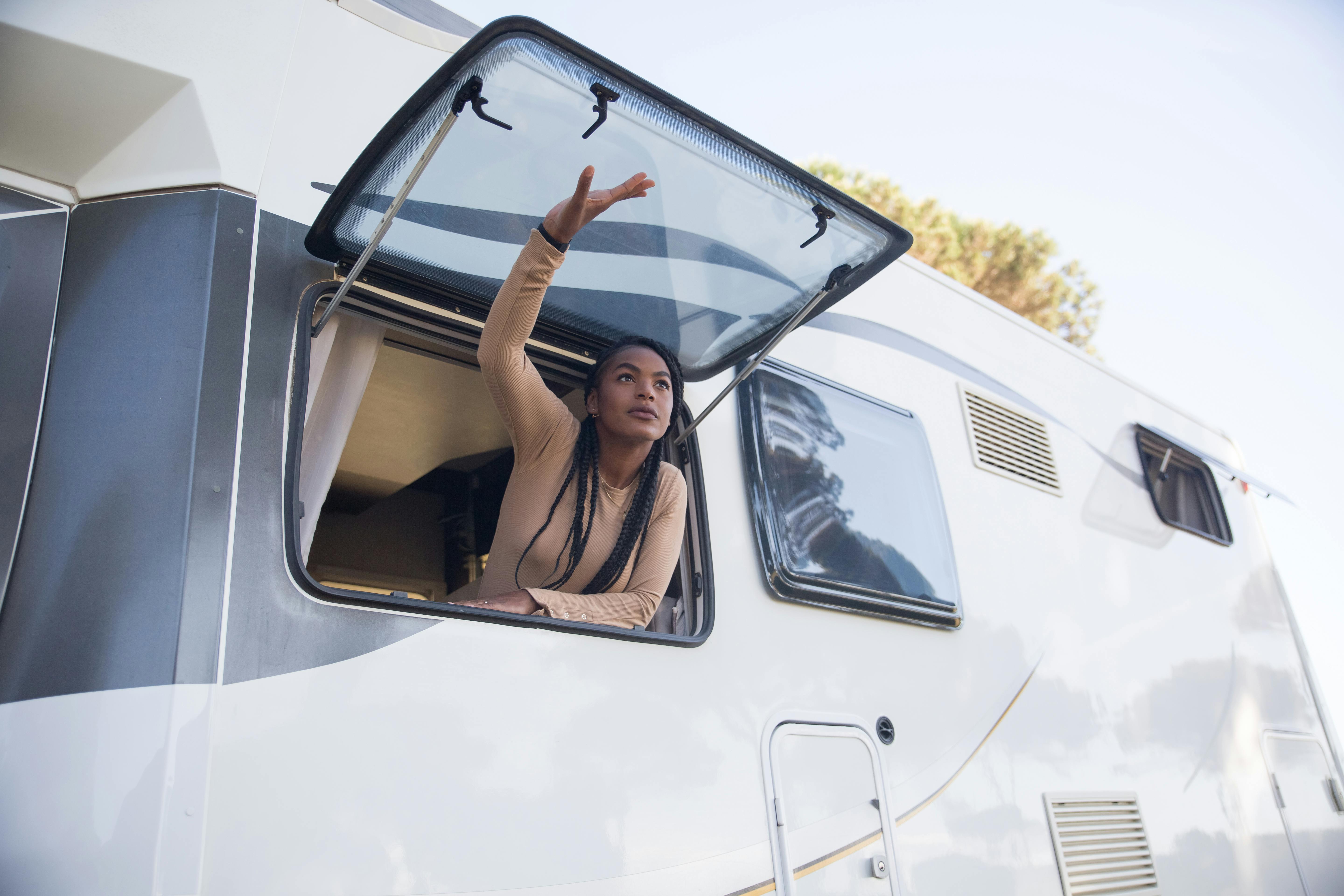Creative Financing Solutions for Your RV Dream: A Complete Guide to Ownership
The dream of hitting the open road, exploring new horizons, and enjoying the freedom of a mobile lifestyle has never been more popular. For many, that dream is embodied by owning a campervan or RV. While the upfront cost can seem daunting, a wide range of flexible financing and creative payment options can make this adventurous lifestyle more accessible than you might think. This article will guide you through the various pathways to ownership, showing you how to turn your vision of freedom into a reality without breaking the bank.

What Are Your RV Financing Options?
Traditional RV loans remain the most common financing method, typically offering terms between 10-20 years. Banks, credit unions, and specialized RV lenders provide these loans with varying interest rates based on your credit score, down payment, and the RV’s value. Some lenders offer rates as low as 4.99% for well-qualified buyers, though rates can exceed 15% depending on circumstances.
How Can Creative Financing Make Your RV More Affordable?
Beyond traditional loans, several creative financing options exist. Rent-to-own programs allow you to apply rental payments toward purchase. Some dealers offer in-house financing with flexible terms. Personal loans, home equity loans, or even peer-to-peer lending platforms can provide alternative funding sources with potentially lower interest rates or more flexible terms.
What Should You Consider Before Financing an RV?
Before committing to any financing option, consider the total cost of ownership. This includes insurance, maintenance, storage fees, and fuel costs. A good rule of thumb is to budget an additional 10-20% of the RV’s purchase price annually for operating expenses. Factor in depreciation rates, which can vary significantly between different RV types and brands.
Is Renting Before Buying a Smart Strategy?
Many experts recommend renting different RV types before making a purchase. This hands-on experience helps you understand which features matter most and what size vehicle best suits your needs. Rental costs typically range from $100-300 per night, depending on the RV class and season.
What Are the Hidden Costs of RV Ownership?
Understanding all associated costs is crucial for successful RV ownership. Beyond monthly payments, consider:
-
Insurance: $500-2,000 annually
-
Storage: $50-500 monthly
-
Maintenance: 2-5% of RV value annually
-
Campground fees: $25-100 per night
-
Fuel costs: Varies by vehicle size and travel distance
| Financing Option | Typical Terms | Interest Rate Range | Best For |
|---|---|---|---|
| Traditional RV Loan | 10-20 years | 4.99-15% | Good credit buyers |
| Personal Loan | 2-7 years | 6-36% | Shorter terms, smaller amounts |
| Home Equity Loan | 5-30 years | 3-7% | Homeowners with equity |
| Rent-to-Own | 2-5 years | Varies | Testing ownership |
| Dealer Financing | 5-15 years | 5.99-17.99% | Immediate purchase |
Prices, rates, or cost estimates mentioned in this article are based on the latest available information but may change over time. Independent research is advised before making financial decisions.
How to Make the Final Decision on RV Financing
Compare multiple financing options and lenders before making a decision. Consider factors like down payment requirements, interest rates, loan terms, and prepayment penalties. Many successful RV owners recommend making a larger down payment (20% or more) to secure better rates and reduce monthly payments. Remember that RV financing typically requires better credit scores than car loans, with most lenders looking for scores above 700 for the best rates.
Remember that the right financing solution depends on your individual circumstances, including credit score, available down payment, and long-term financial goals. Take time to research and compare options thoroughly before making this significant investment in your traveling future.




